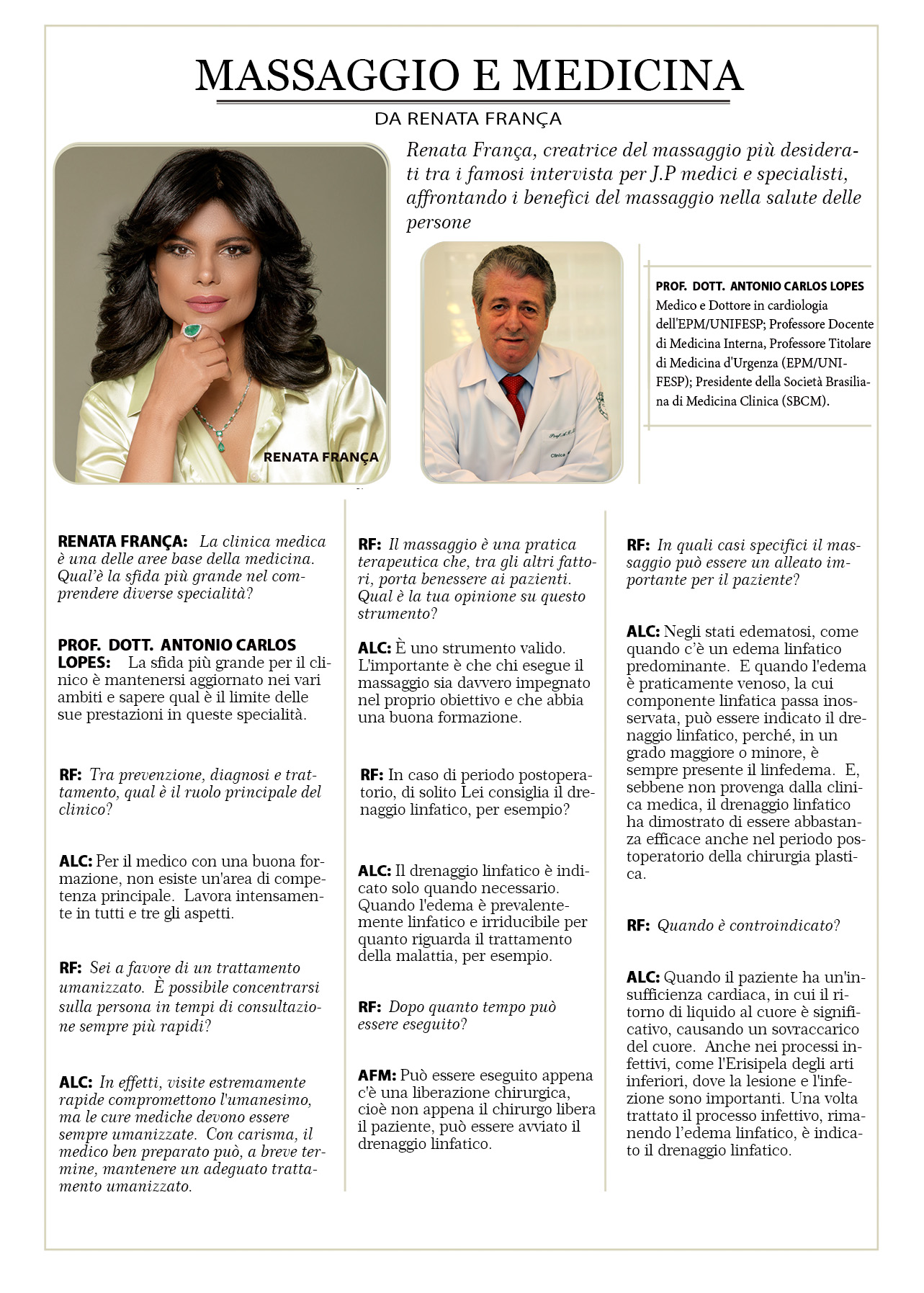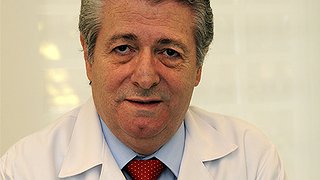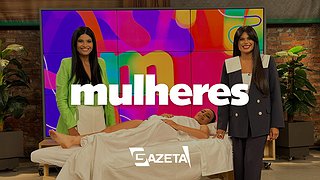
Prof. Dr. Antonio Carlos Lopes
Physician, with a PhD in cardiology from EPM/UNIFESP; full professor of Internal Medicine, full professor of Emergency Medicine (EPM/UNIFESP); President of the Brazilian Society of Clinical Medicine (SBCM)
1. The medical clinic is one of the base areas of medicine. What is the biggest challenge of encompassing different specialties?
The biggest challenge is for the clinician to keep up to date in the various areas and to know what is the limit of his performance in these specialties.
2. Between prevention, diagnosis and treatment, what is the main role of the clinician?
For the well-trained clinician, there is no main area of expertise. He works intensely in all three aspects.
3. You are in favor of humane treatment. Is it possible to focus on the individual in increasingly faster consultation times?
In fact, extremely fast consultations compromise humanism, but medical treatment must always be humanized. With charisma, the well-prepared doctor can, in the short term, maintain proper humanized treatment.
4. Massage is a therapeutic practice that, among other factors, brings well-being to patients. What is your opinion about this tool?
It is a valid tool. The important thing is that whoever performs the massage is really committed to their goal and that they have good training.
5. In the case of a postoperative period, do you usually recommend lymphatic drainage, for example?
Lymphatic drainage is only recommended when necessary. When the edema is predominantly lymphatic and irreducible regarding the treatment of the disease, for example.
6. How long later can it be performed?
It can be performed as soon as there is a surgical discharge, that is, as soon as the surgeon discharges the patient, lymphatic drainage can be started.
7. In what specific cases can massage be an important ally for the patient?
In edematous states, such as when predominantly there is lymphatic edema. And when the edema is practically venous, whose lymphatic component goes unnoticed, lymphatic drainage can be recommended, because, to a greater or lesser degree, there is always lymphedema. And, although it is not part of the medical clinic, lymphatic drainage has been shown to be quite efficient in the postoperative period of plastic surgery as well.
8. When is it contraindicated?
When the patient has heart failure, in which the liquid return to the heart is significant, causing an overload of the heart. Also in infectious processes, such as Erysipelas in the lower limbs, where the lesion and infection are significant. Once the infectious process is treated, remaining only lymphatic edema, then lymphatic drainage is recommended.


